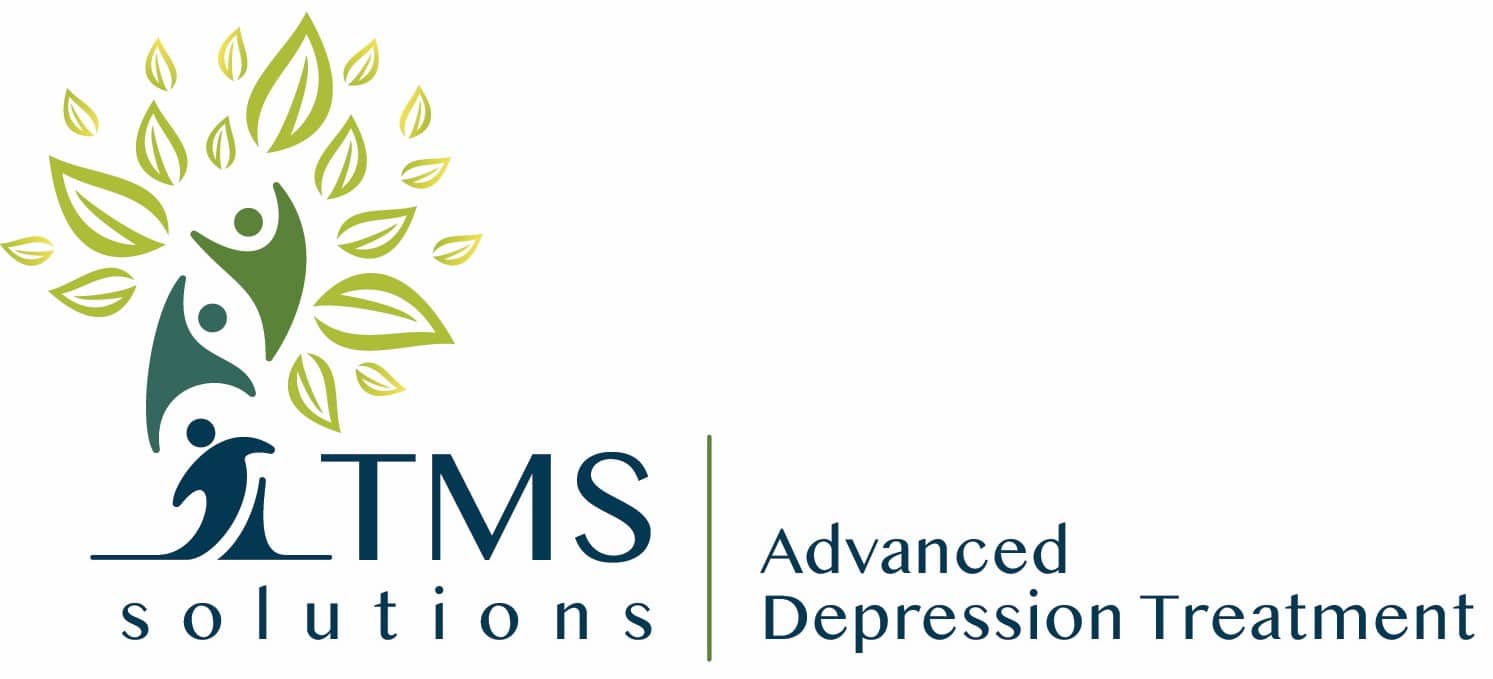Title:
Asynchronous Distributed Multielectrode Microstimulation Reduces Seizures in the Dorsal Tetanus Toxin Model of Temporal Lobe Epilepsy.
Authors: Desai SA; Rolston JD; McCracken CE; Potter SM; Gross RE. Brain Stimulation. 9(1):86-100, 2016 Jan-Feb. [Journal Article. Research Support, N.I.H., Extramural. Research Support, Non-U.S. Gov’t] UI: 26607483
BACKGROUND: Electrical brain stimulation has shown promise for reducing seizures in drug-resistant epilepsy, but the electrical stimulation parameter space remains largely unexplored. New stimulation parameters, electrode types, and stimulation targets may be more effective in controlling seizures compared to currently available options.
HYPOTHESIS: We hypothesized that a novel electrical stimulation approach involving distributed multielectrode microstimulation at the epileptic focus would reduce seizure frequency in the tetanus toxin model of temporal lobe epilepsy. METHODS: We explored a distributed multielectrode microstimulation (DMM) approach in which electrical stimulation was delivered through 15 33-micro m-diameter electrodes implanted at the epileptic focus (dorsal hippocampus) in the rat tetanus toxin model of temporal lobe epilepsy.RESULTS: We show that hippocampal theta (6-12Hz brain oscillations) is decreased in this animal model during awake behaving conditions compared to control animals (p<10(-4)). DMM with biphasic, theta-range (6-12Hz/electrode) pulses delivered asynchronously on the 15 microelectrodes was effective in reducing seizures by 46% (p<0.05). When theta pulses or sinusoidal stimulation was delivered synchronously and continuously on the 15 microelectrodes, or through a single macroelectrode, no effects on seizure frequency were observed. High frequency stimulation (>16.66Hz/per electrode), in contrast, had a tendency to increase seizure frequency.
CONCLUSIONS: These results indicate that DMM could be a new effective approach to therapeutic brain stimulation for reducing seizures in epilepsy.
Copyright © 2015 Elsevier Inc. All rights reserved.
Institution Desai, Sharanya Arcot. The Wallace H. Coulter Department of Biomedical Engineering, Georgia Institute of Technology, Atlanta, USA; Laboratory for Neuroengineering, Georgia Institute of Technology, Atlanta, USA. Rolston, John D. Department of Neurological Surgery, University of California, San Francisco, USA. McCracken, Courtney E. Department of Pediatrics, Emory University School of Medicine, Atlanta, USA. Potter, Steve M. The Wallace H. Coulter Department of Biomedical Engineering, Georgia Institute of Technology, Atlanta, USA; Laboratory for Neuroengineering, Georgia Institute of Technology, Atlanta, USA. Gross, Robert E. The Wallace H. Coulter Department of Biomedical Engineering, Georgia Institute of Technology, Atlanta, USA; Department of Neurosurgery, Emory University School of Medicine, Atlanta, USA. Electronic address: rgross@emory.edu.


